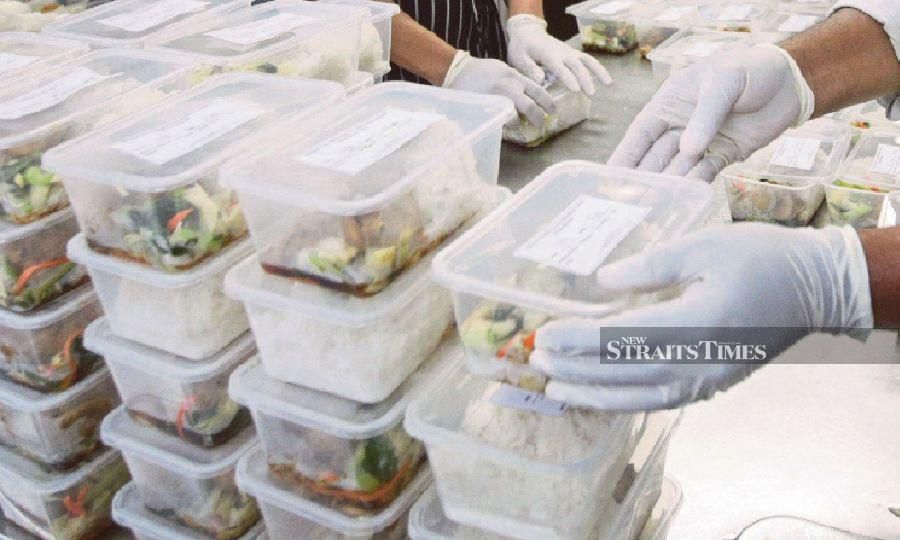THE newly revised Poverty Line Income (PLI) is a bold and mature action taken by Malaysia.
Among the most important element in this new PLI rate is the consideration of optimal rate of needs compared with minimum needs — the food PLI and the non-food PLI such as housing and transportation.
The optimal need in this new PLI means the best amount to meet the needs of a household. Optimal food needs can be referred to as healthy and nutritious foods to meet individual calorie needs. The determination of these needs is made by a group of experts and then matched with the items' prices today.
If we remember, the Unicef Report on "Children Without" (2018), which surveyed urban poverty and deprivation in People's Housing Projects in Kuala Lumpur, found that about 22 per cent of children under the age of 5 were obese, 15 per cent underweight and 23 per cent more overweight.
This condition indicates an unhealthy nutritional effect on individuals, especially the less fortunate. Meeting the minimum requirements helps individuals to survive but a healthy diet and consuming at the optimal level promote healthy growth and lead to improvements in the standard of living.
The awareness of the need to fulfil the optimal level of food intake as opposed to the minimum level among targeted groups such as the poor and students had actually existed for a long time. During the heyday of the Ottoman Empire, for example, there was a food preparation centre known as imaret, or public kitchen.
Basically, it adopted the concept of waqaf. It was housed in a waqaf complex consisting of various institutions such as a mosque, madrasah, medical school, hospital, bath and others. According to Singer (2005), who studied the imaret, one of the public kitchens located in the 'Fatih Complex' Istanbul, provided food for more than 1,500 individuals, twice a day.
The main menu offered healthy rice soup in the morning and wheat soup at night. Both were made daily with meat and parsley, enriched with salt, onions, cumin, pepper, chick peas, squash, and sour grape or yogurt and chard. In addition, more than 3,300 loaves of bread were baked and distributed every day.
Today, the concept of the public kitchen is still practised but the targeted groups are almost the same. For example, many countries, including Malaysia, run free meal programmes for students.
In India, the free meal programmes encourage poor children, particularly in rural areas, to go to school. The meal is not just meeting the minimum basic needs, but is also a set of healthy and satisfying food. With this programme, parents are motivated to send their children to school rather than asking them to work.
In the newly revised PLI Malaysia, the guidelines on optimal food requirement are based on the recommendations of the food pyramid by the Health Ministry.
The optimal food requirement of a household includes fish, poultry, meat, eggs, beans and legumes, rice and cereal products, vegetables and fruits, milk and milk products and at the same time, a lower intake of salt, sugar, fat and oil.
In Islam, giving good food to people in need is a noble act and is greatly rewarded. It is narrated in Surah al-Insan verses 5 to 9 where Allah SWT mentions those who give the food they desire and love to the needy and orphans and captives with a sincere heart.
Though the revised PLI seems to increase the national poverty rate, this might be only temporary.
Nutritious food must be provided so that the younger generation may have a better life than us.
The writer is a senior researcher at the Centre for Economics and Social Studies, Institute of Islamic Understanding Malaysia
The views expressed in this article are the author's own and do not necessarily reflect those of the New Straits Times





